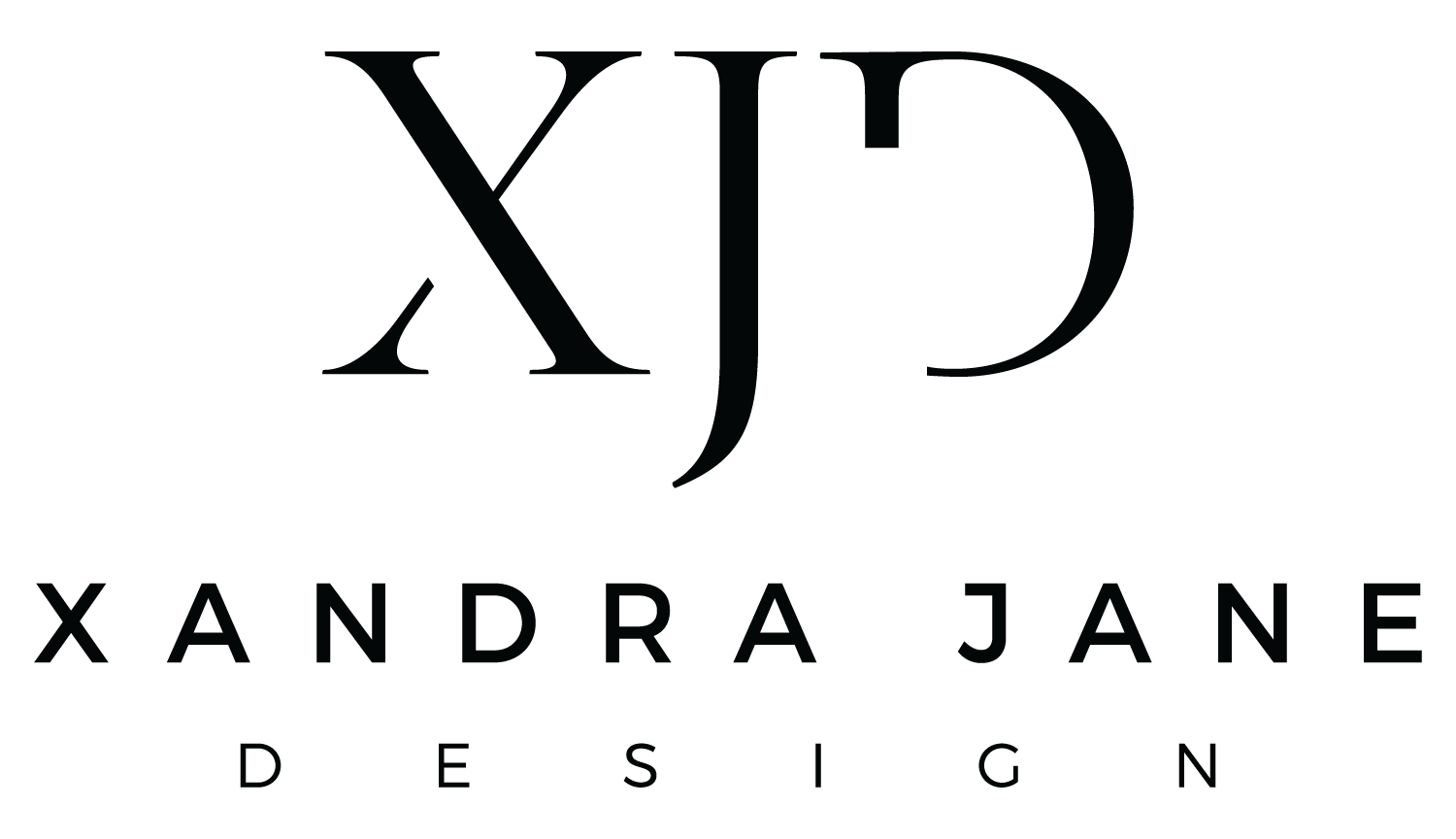3 Reasons Why Fashion Brands Fail and How to Avoid Them
It’s no secret launching a successful fashion brand is hard. I myself had to pivot and remain flexible in the growth of my company to ensure I survived and stayed true to my brand ethos and philosophy. Working with a multitude of clients over the years has also raised similar experiences time and time again. The patterns are obvious and this post is intended to guide you away from these common mistakes many fashion brands make.
Range Size
Every now and then I have a bright-eyed, bushy-tailed prospective client come along who’s brimming with enthusiasm and an overflowing vision. They want a 52 piece collection with multiple colourways and all the bells and whistles to enter the market with a bang. Besides rarely having the capital as a start up to make this happen, there are other reasons why making mistakes with the size of your product range can be detrimental to the longevity of your brand.
Too much - a vast collection can confuse your consumer. Too much choice can busy your brand voice right out of the gate. I advise my clients to give thought to the essence of their brand, who they are at the core and what they stand for. Create a collection around that message with one or two key pieces that really put your name on the map. Your hero products that epitomise your brand voice and aesthetic. More often than not an abundance of ideas or pieces does not translate into more sales. Look at what you need in your range to start with, and over time you can make informed decisions once trading to build on this and keep investment risk to a minimum.
Too little - on the flip side the opposite can have the same affect on your business. People can also struggle to make purchasing decisions when there is little to choose from and nothing to compare to. What might be your hero product or favourite design may not be greeted as well with your audience. In my debut collection, my best seller wasn’t my personal favourite, but it was part of a range that was priced intelligently and offered my customer choice when browsing the collection. Had I restricted them to one style only or one colour, this would have damaged my sales.
Social Media Sales
It is well known that influencer marketing is one of the strongest tools used amongst many fashion, beauty and lifestyle brands to grow your audience and boost your sales. In an increasingly digitally connected world, many start-ups are relying on Instagram over brick and mortar stores and stockists to enter the market. However, there is a high risk to building your brand solely on a third party social media platform. In a report published in 2018, Forbes state a meagre 3.1% of users on Instagram actually convert to sales. So if you haven’t promoted your fashion brand in advance, then this is a rather steep hill to climb when launching a range: to grow your audience from the ground level upwards and reach sales conversions that result in profit
Furthermore keeping your audience on a third party platform hands over any control or access to your customers and their data. In the event these platforms ever lose popularity, have the users migrate to another app, or in unforeseen circumstances result in the closure of these platforms, then the access to your audience, data and means of communication are lost with it too.
To avoid this mistake ensure you build a mailing list alongside your social followings. Not only does this deepen your relationships with your audience and nurture them through email marketing and regular updates to their inbox, but the conversion rates are statistically much, much higher.
Pricing
I intend to write a whole post on pricing strategies as this really is a complex topic that deserves a more in depth analysis. You may be unsurprised to learn this vital and important building block to any successful business can often be mishandled when starting a fashion brand. Your price is an instant tool to communicate who you are to your customer and needs to be pitched accordingly. How you speak about your products and their accompanying price tags positions you in the market.
Many of us don’t necessarily have accounting degrees or a natural flair with numbers, but as entrepreneurs we have a duty to understand the costs that make up our products. In turn this leads to knowing what percentage to add in order to sell at a profit. Profit being the holy grail of staying in business.
Unlike a vast majority of other industries, fashion brands have complex collections, regular discounting opportunities or sale periods and an immense pressure to continue releasing new items in line with the changing seasons - all of which are important factors as to why getting your pricing perfected is integral. To avoid falling into the pitfalls of pricing, make sure you know your break-even price point and how many units you are required to sell in order to make a profit.
If you would like further guidance to navigate the launch and development of your clothing label, why not get in touch and see how I can help?
You can also sign up to my newsletter to access a free Fast Track Your Fashion Brand starter pack.

